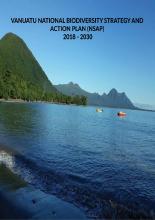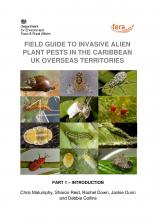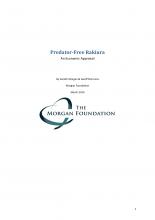Invasive species and human health


Island and Ocean Ecosystems, BRB
Available Online
Mazza, Giuseppe
,
Tricarico, Elena
2018
Invasive alien plants and animals are known for their disruption of ecosystems and threat to biodiversity. This book highlights their major impact on human health. This includes not only direct effects through contact with the species via bites, wounds and disease, but also indirect effects caused by changes induced in ecosystems by invasive species, such as more water hyacinth increasing mosquito levels and thereby the potential for malaria. Covering a wide range of case studies from different taxa (animals and plants), and giving an overview of the diverse impacts of invasive species on health in developed and developing countries, the book is a significant contribution that will help in prioritizing approaches to controlling invasive species and mitigating their health effects. It covers invasive plants, marine species, spiders and other arachnids, ticks and dust mites, insects, mosquitos and other diptera, freshwater species (invertebrates and fishes), amphibians and reptiles, birds and mammals.








